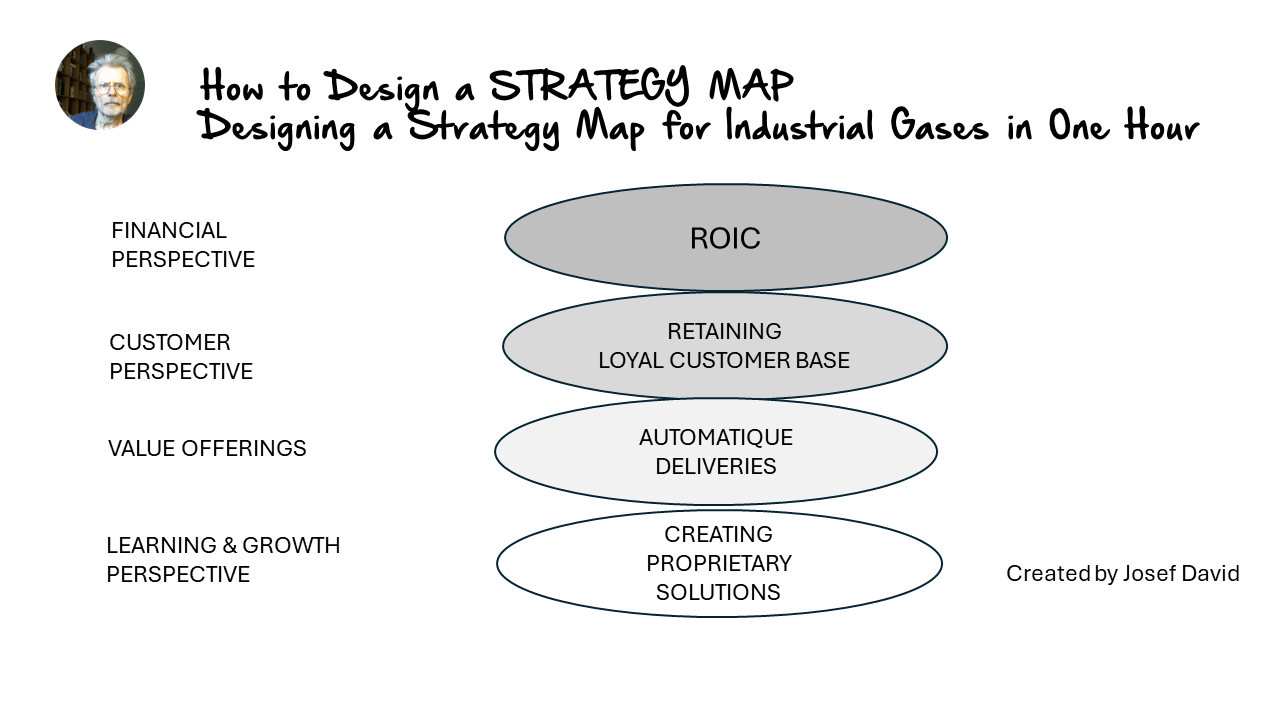What is a TURNAROUND Business Case?
A turnaround business case is a strategic plan that outlines how a struggling or underperforming company can recover and improve its performance. It involves identifying the issues that are causing the company’s poor performance, developing a plan to address these issues, and outlining the expected outcomes of this plan. The turnaround business case is typically presented to the company’s executives or board of directors, who will decide whether or not to implement the plan.
What is a TURNAROUND Business Case for the Industrial Gas Industry?
In the context of the industrial gas industry, a turnaround business case might involve strategies for improving efficiency, reducing costs, increasing sales, or expanding into new markets. For example, if an industrial gas company is struggling due to high production costs, the turnaround business case might involve investing in new technology to improve efficiency and reduce costs. Alternatively, if the company’s sales are declining due to increased competition, the turnaround business case might involve strategies for differentiating the company’s products or services, such as by focusing on quality or customer service.
How to present your TURNAROUND Business Case of the Industrial Gas Industry to Executives in 15 Minutes?
Presenting a turnaround business case to executives in just 15 minutes can be challenging, but it’s certainly doable with careful planning and preparation. Here are some steps you can follow:
1. Start with an Executive Summary: Begin your presentation with a brief summary of your turnaround business case. This should include a clear statement of the problem you’re addressing, your proposed solution, and the expected outcomes.
2. Highlight Key Points: After your executive summary, delve into more detail about your proposed solution. However, keep in mind that you only have 15 minutes, so focus on highlighting key points rather than going into exhaustive detail.
3. Use Visual Aids: Visual aids such as graphs and charts can be very helpful in conveying complex information quickly and clearly. For example, you might use a chart to show how your proposed solution could reduce production costs over time.
4. Anticipate Questions: Be prepared to answer questions from the executives. This might involve providing additional information about your proposed solution, explaining why you believe it will be effective, or discussing potential risks and how they can be mitigated.
5. End with a Call to Action: Conclude your presentation with a clear call to action, such as asking the executives to approve your proposed solution or to provide feedback on your plan.
Conclusion and Next Steps
In conclusion, a turnaround business case is a powerful tool that can help struggling companies recover and improve their performance. In the industrial gas industry, this might involve strategies for improving efficiency, reducing costs, increasing sales, or expanding into new markets. When presenting your turnaround business case to executives, remember to start with an executive summary, highlight key points, use visual aids, anticipate questions, and end with a call to action.
The next step after presenting your turnaround business case is to gather feedback from the executives and refine your plan as necessary. Once your plan has been approved, you can begin implementing it and monitoring its progress. Remember that turning around a struggling company is often a long-term process that requires patience and persistence. However, with a well-crafted turnaround business case and the right strategies in place, it’s certainly possible to improve the performance of an industrial gas company or any other business for that matter.
